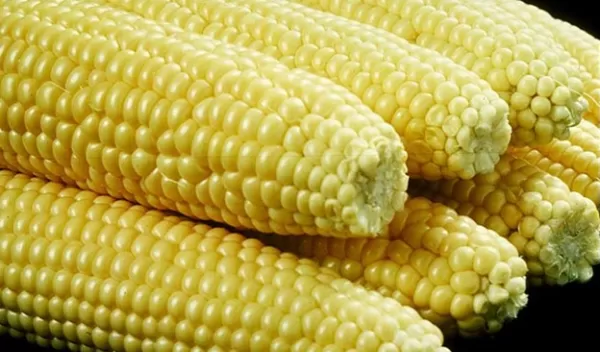
Modifying corn kernels with CRISPR
Corn -- or maize -- has changed over thousands of years from a weedy plant that made ears with less than a dozen kernels to the cobs packed with the hundreds of juicy kernels we have today.
Powerful DNA-editing techniques such as CRISPR may speed up that growth process. Cold Spring Harbor Laboratory plant biologist David Jackson and colleagues collaborated with University of Massachusetts Amherst biologist Madelaine Bartlett on a U.S. National Science Foundation-funded project to use this highly specific technique to work with corn kernel numbers. Jackson's lab is one of the first to apply CRISPR to corn's very complex genome. The results were published in Nature Plants.
DNA is divided into two parts: the gene and the regulatory regions that promote or suppress gene activity. Jackson says that "a lot of people were using CRISPR in a simple sense just to disrupt genes completely, to knock out a gene. But we came up with a new idea to CRISPR the promoter regions that turn the gene on. And that is what gives this interesting result where we can get the variation in traits we need in agriculture."
Jackson wanted to increase the number of kernels per cob. The corn kernel development pathway includes genes that promote stem cell growth and differentiation into distinct plant organs. The scientists focused on CLEs, genes that act as brakes to stop stem cell growth. But the corn genome is complex. The CLE family contains almost 50 related genes, with promoter regions that vary from gene to gene.
The researchers randomly targeted the promoter region, having little idea which part of the promoter was important. The next step, they say, is to focus on figuring out which part of the promoter is critical. Then they can make the promoter CRISPR more efficient and can produce more grain yield or ear size.
Cereal crops such as maize are a major source of food for humans and feed for livestock. Jackson and colleagues hope their new CRISPR strategy will increase crop yield per acre and make agriculture more sustainable.
"This publication nicely shows that to develop the full potential of DNA-editing techniques such as CRISPR we have to better understand the regulatory regions of the genome and how to modify those," says Gerald Schoenknecht, a program director in NSF's Division of Integrative Organismal Systems.
